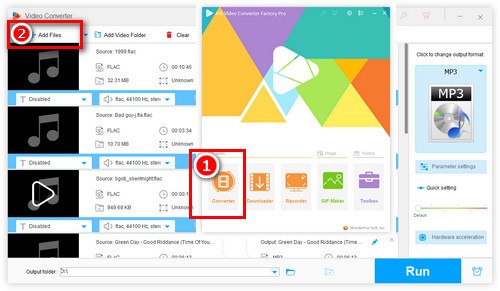
The custom filter will be: scale2ref='oh*mdar':'if(lt(main_h,ih),ih,main_h)' The command will receive the 2 videos as input and will use a complex filter that needs to be replaced. The command to do the trick will be the following one: ffmpeg -i. The first option to stack the videos horizontally will be through a complex filter. In this article, I will explain to you how to stack 2 videos with different resolution horizontally using FFmpeg.

The idea is to place them in a single video stacked horizontally, while the final video keeps the audio of both as well. As both of them have different cameras that record at a different resolution, both videos have different dimensions: For this article, we will work with these 2 videos recorded from a web camera stream, one from a teacher and the other from a student. However, in practice, there will be cases where the videos won't have the same dimensions. This filter allows you to create easily build a mosaic from many videos as long as they have the same resolution. To apply your changes, recreate the container.Stacking videos horizontally is easy according to the documentation of FFmpeg using the hstack filter. TRANSCODER_TRANSCODE_CONVERT_PDF_TO_MOVIE: If you want to override these default commands, all you have to do is redefine them in the docker-compose.yml file using the right syntax. Here only the "acodec" flag is overridable acodec libvorbis -aq 60 -ac 2 -pix_fmt yuv420p Here only the "vcodec" flag is overridable strict experimental -acodec aac -ab 160k -ac 2 Transcode the audio from another source than MP3 TRANSCODER_TRANSCODE_CONVERT_PDF_TO_MOVIEĬonvert %.mp3 How to override parametersįirst thing first, all the default commands are assign in the Dockerfile to there respective environment variables. Starting from version 10.1.0 of the transcoder worker, you can now override the parameters used to generate the media. We use ffmpeg and image magick in the transcoder worker container to create web playable artifacts from the media you upload to ShotGrid. Click here for a list of our current offerings. This documentation is intended only for those with existing instances of ShotGrid Enterprise Docker.

Local installations of ShotGrid are no longer offered.


 0 kommentar(er)
0 kommentar(er)
